New York City
Photo essay: E-bike fires leave scars on buildings across New York City
There has been mixed progress at sites of prominent fires, even months or a year later.
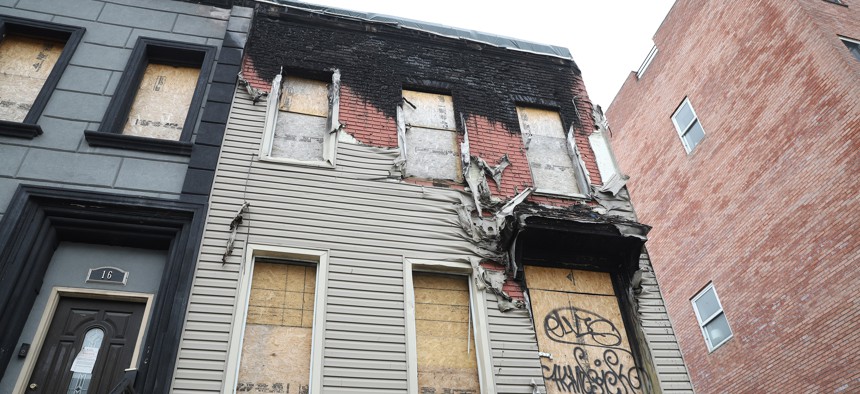
14 Goodwin Place in Brooklyn has been left with its vinyl siding melting off the brick since a fire ripped through the building. Ashley Borja
Lithium-ion batteries have become a serious fire hazard in New York City. Hundreds of fires in recent years have resulted in at least 29 deaths. City & State recently visited several sites of e-bike fires to see what the buildings look like today. At many of the buildings, it didn’t look like much had been done to repair or rebuild in the months or even a year since these e-bike blazes occurred.
Photos by Ashley Borja
242 Albany Ave., Crown Heights, Brooklyn
This row house tells a common story of lithium-ion battery fires: It spread quickly across several floors and over to neighboring buildings. The devastating fire killed three family members and injured 14 people. Months after the November blaze, the buildings remain uninhabitable. On the steps of the house, there are flowers in a plastic basket to honor those who died.

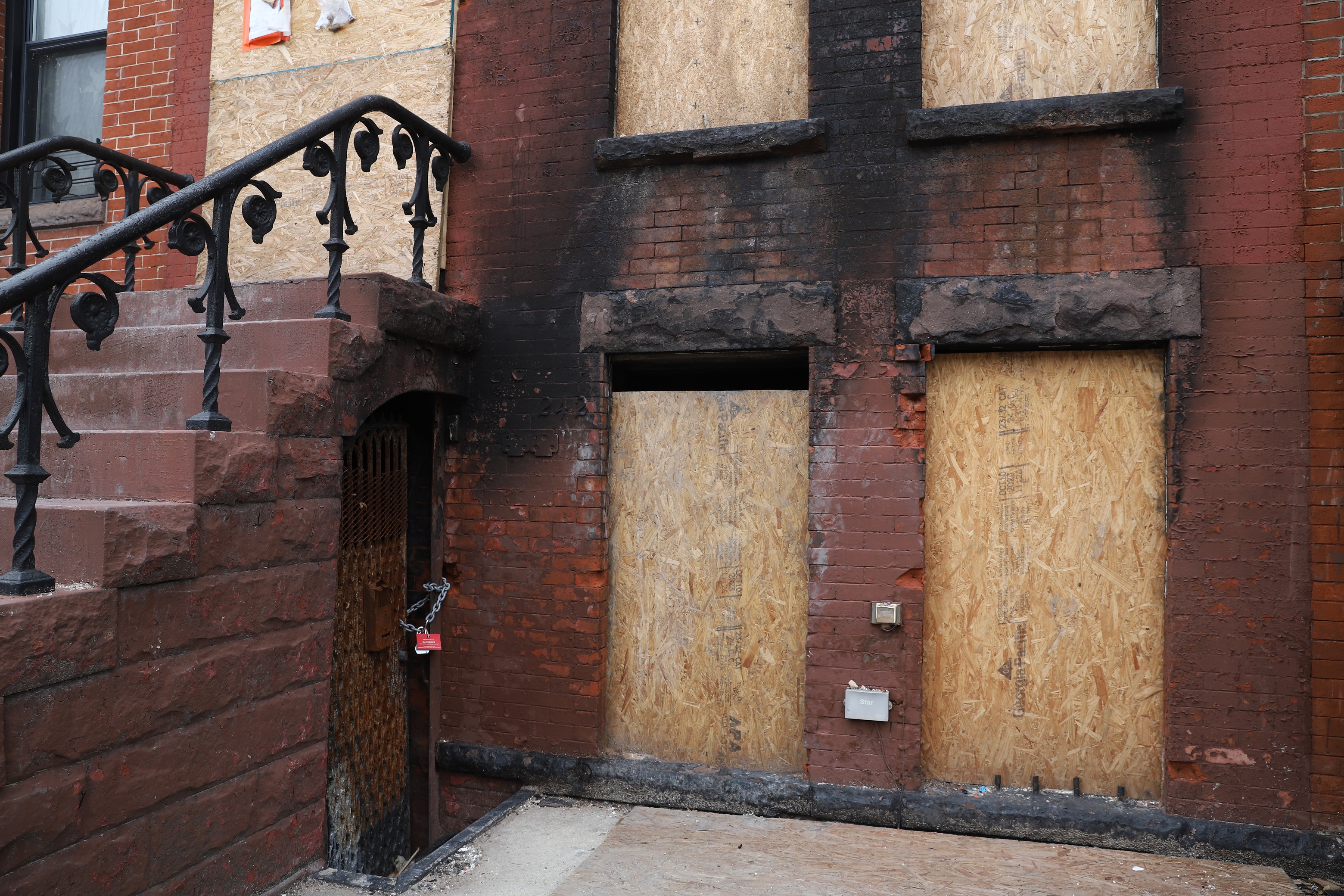

14 and 16 Goodwin Place, Bushwick, Brooklyn
The fire, which burned two buildings, contained several lithium-ion batteries that had been left unattended and charged overnight. The vinyl siding at 14 Goodwin Place completely melted during the extremely hot fire, exposing the brick behind it. Next door, 16 Goodwin Place remains boarded up and untouched. The scorched structures look out of place on the quiet street. Only a couple people were injured in the fire.
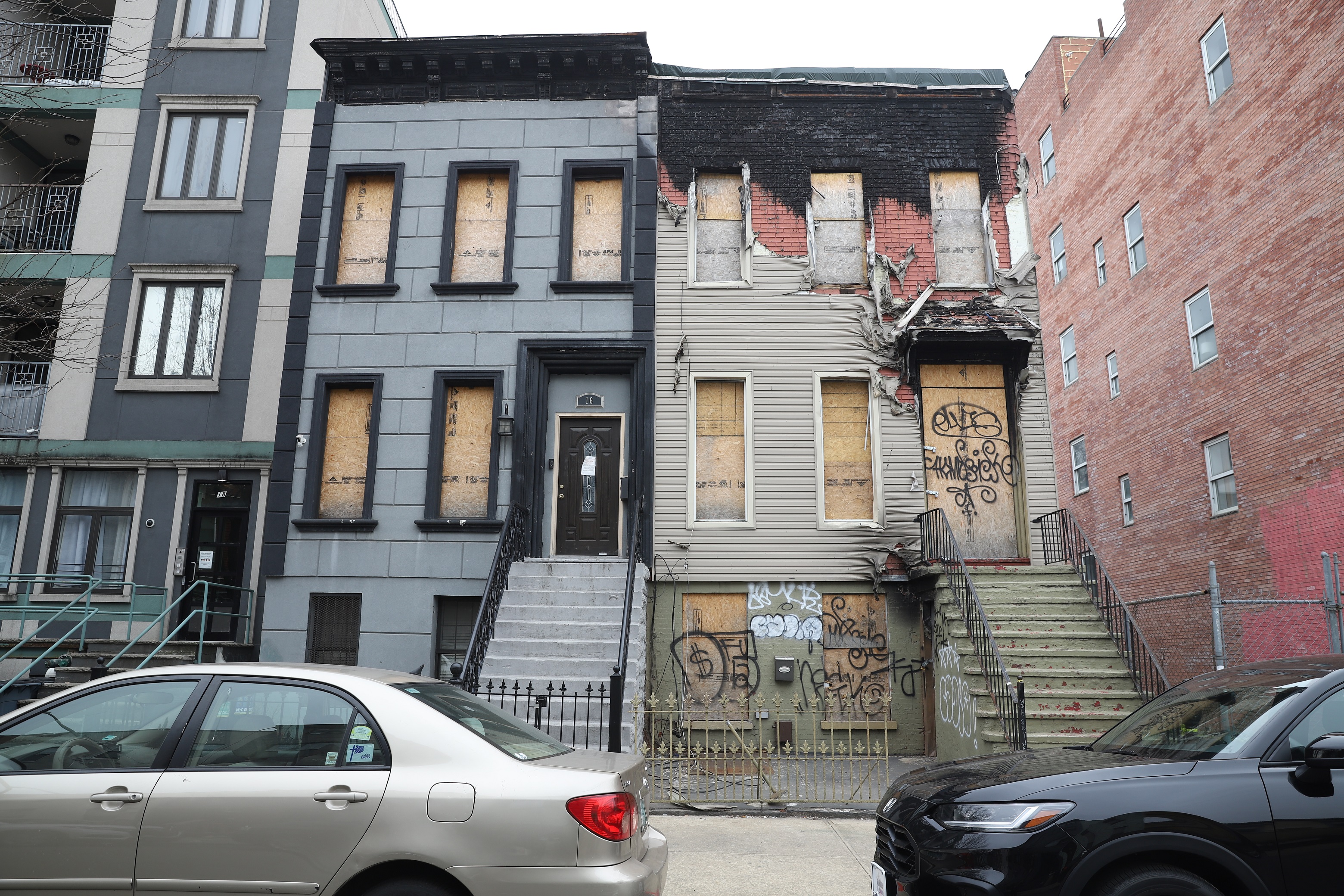

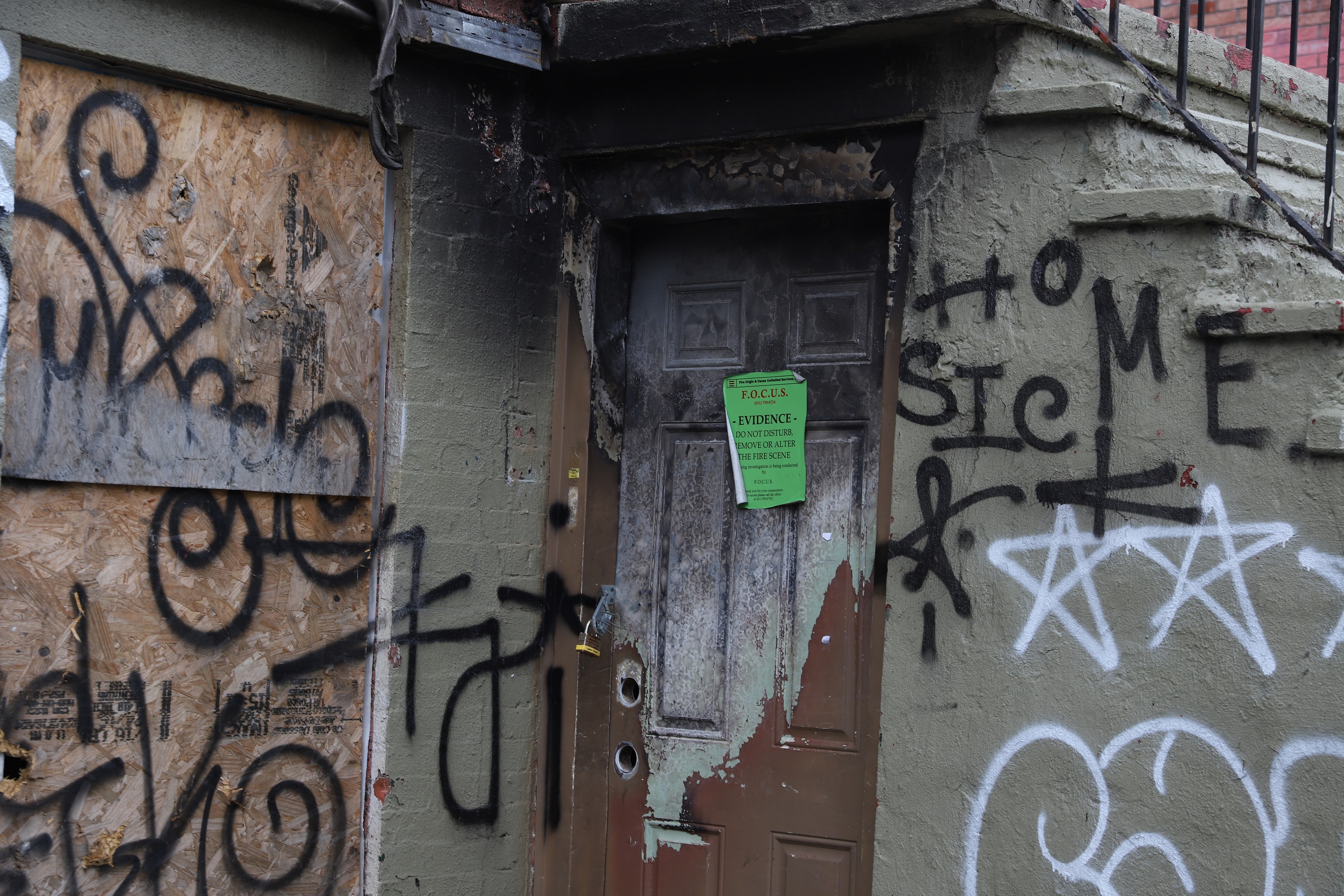
80 Madison St., Two Bridges, Manhattan
The former e-bike shop is completely unrecognizable from almost a year ago. Construction is underway inside after the whole structure was completely charred after a June fire in which four people died. The only remnants of the fire today are the darkened bricks above the new rolling door at the store. Across the street, there are e-bikes parked on the street near another e-scooter business.

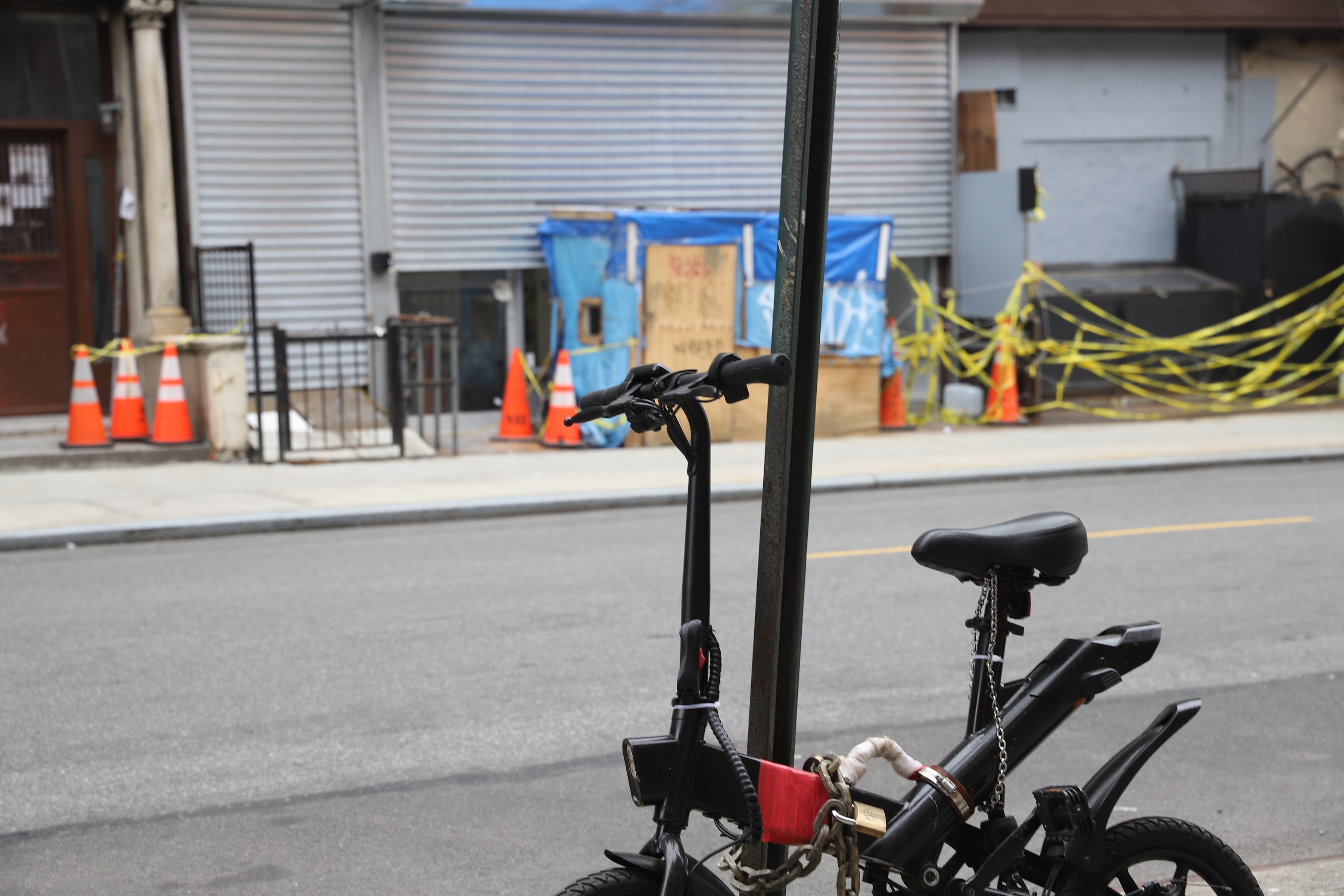

6308 11th Avenue, Borough Park, Brooklyn
Like 80 Madison St., it would be hard to tell at first glance that the location was the site of a deadly fire. The former e-bike shop is now for rent, with a large sign on the building's fire escape. However, the apartment attached to the building is uninhabitable, with signs from the New York City Department of Housing Preservation and Development stating that the location is a health and safety hazard and unfit for “human habitation.”
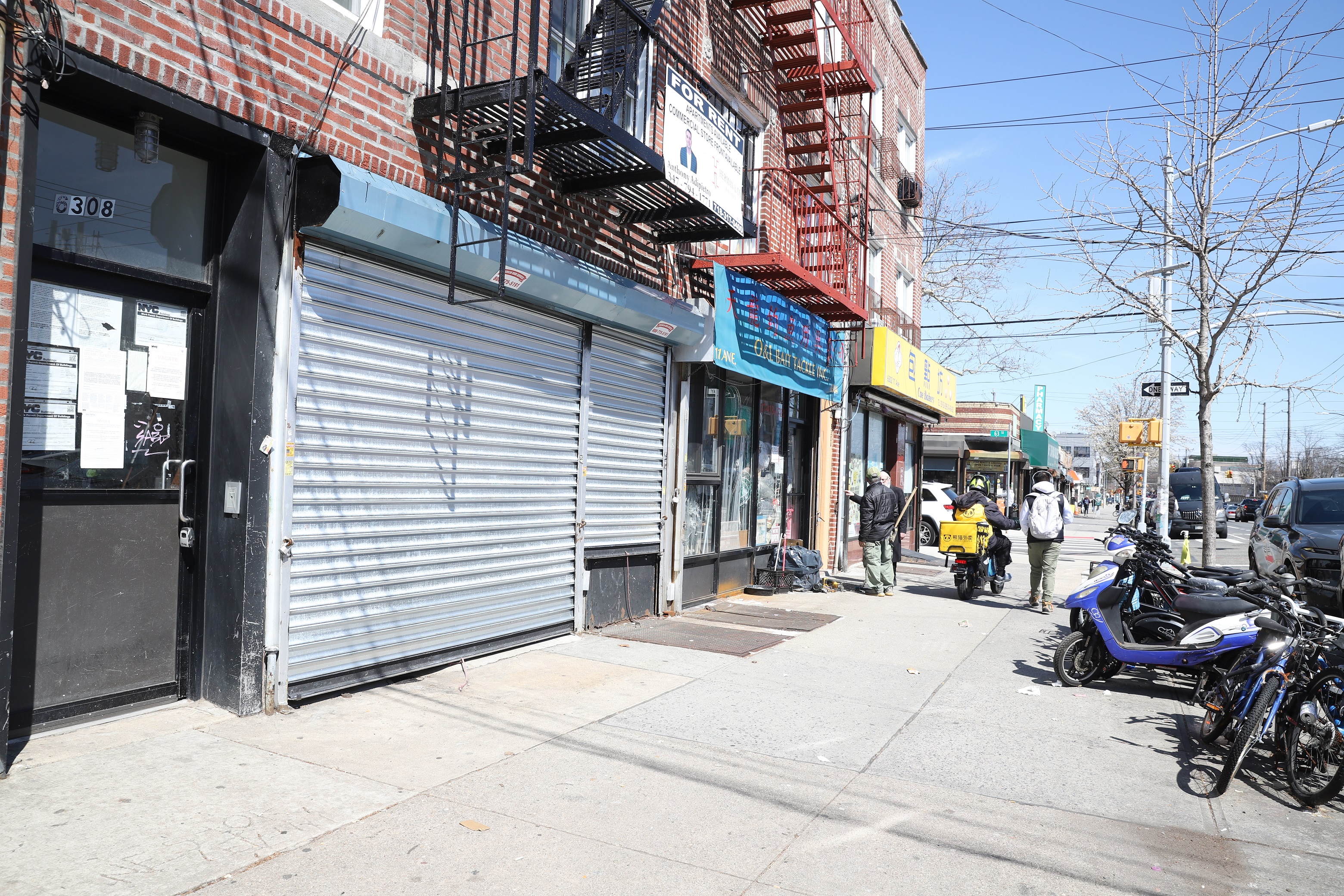
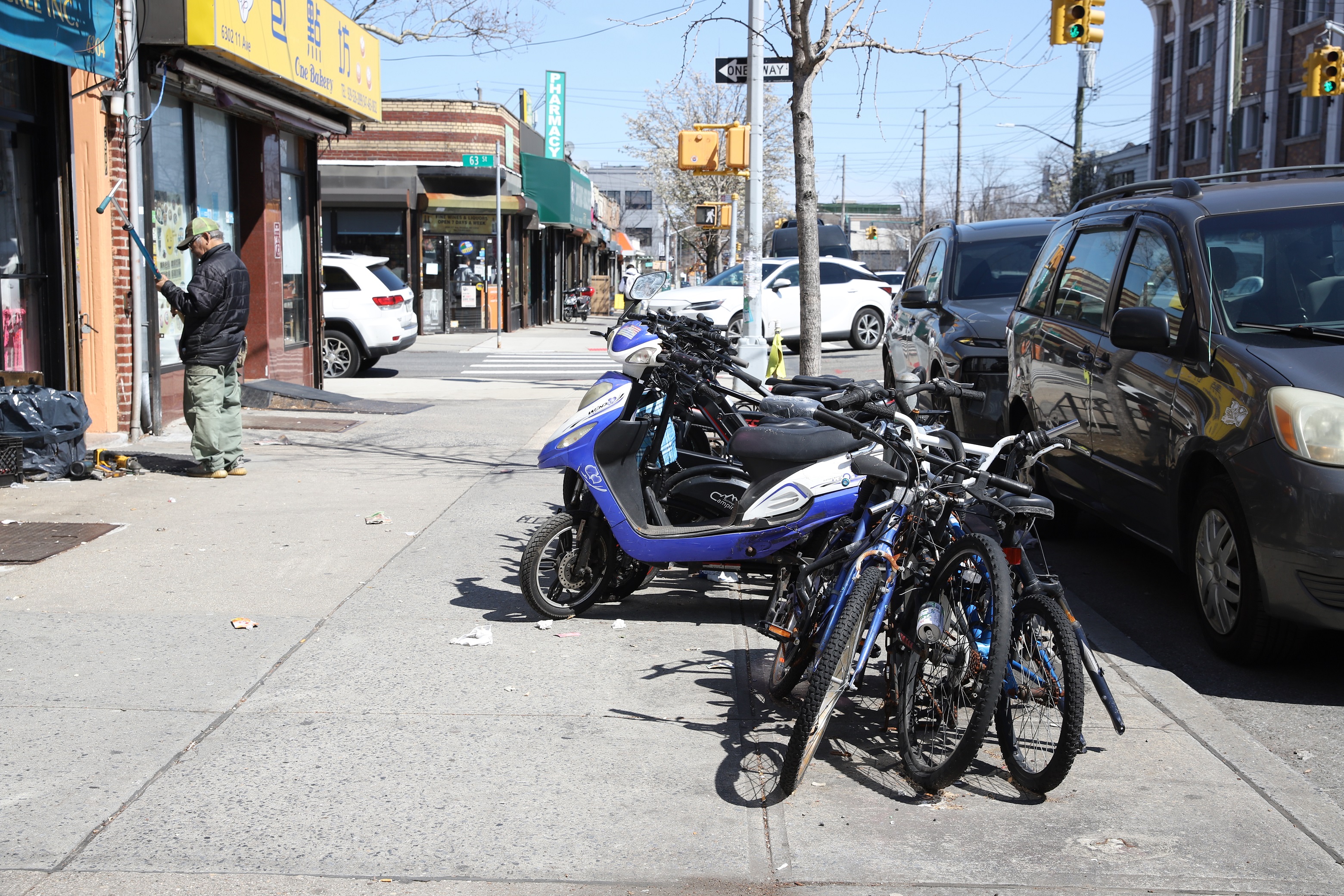
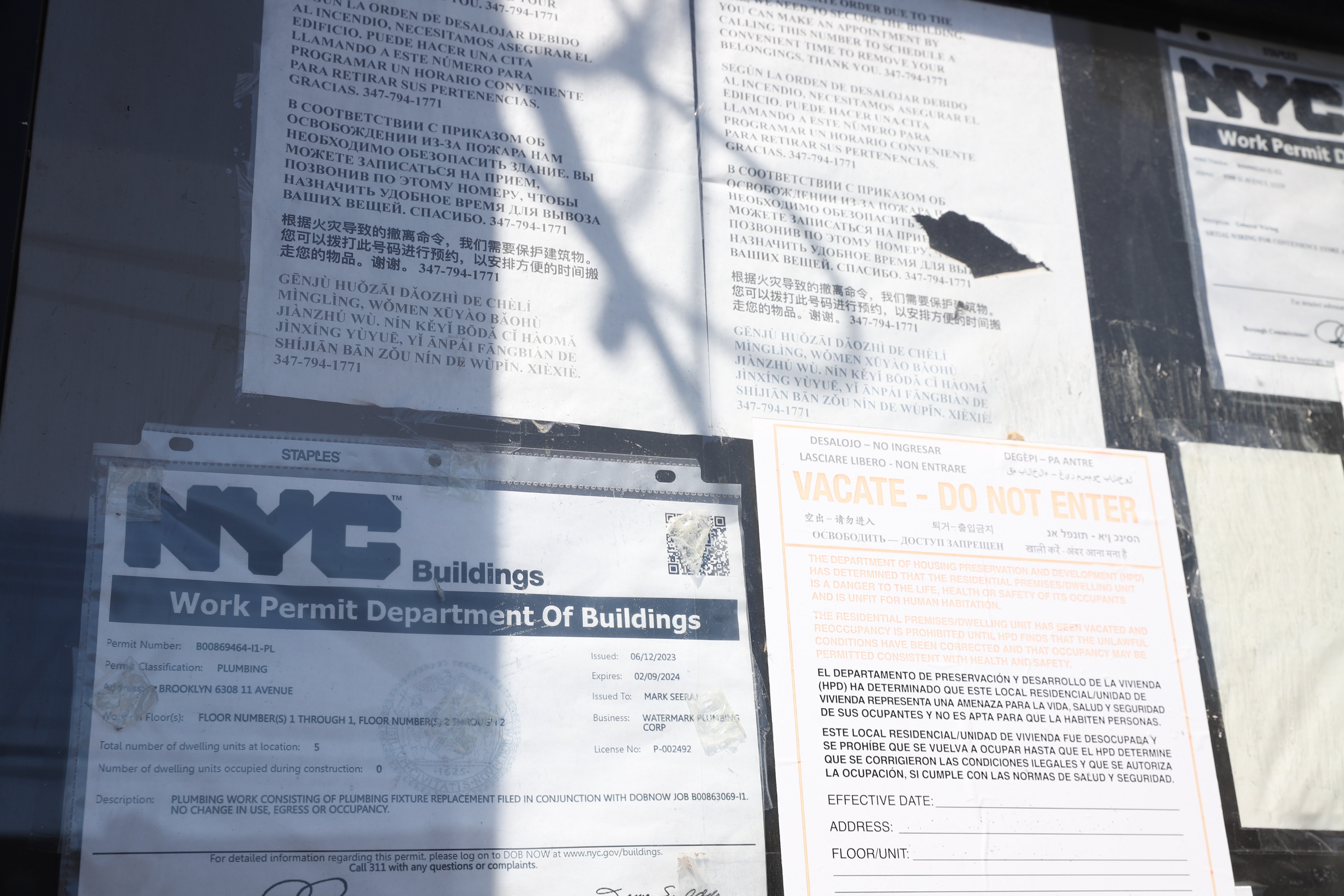
NEXT STORY: This week’s biggest Winners & Losers

